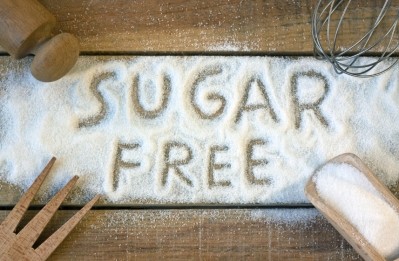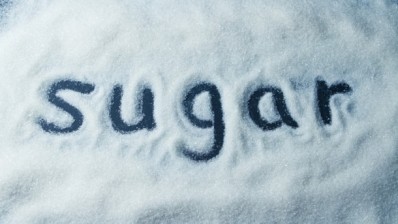Cutting out sugary drinks linked to improved levels of ‘good cholesterol’ in children

While a plethora of research has investigated the potential links between SSBs, like carbonated soda’s, and risks markers of cardio-metabolic health including insulin sensitivity and obesity in adults and children – there sparse longitudinal evidence in children, noted the authors behind the current study.
"A clustering of risk factors including high triglycerides, low HDL-C, insulin resistance, and obesity, especially if begun in childhood, puts one at higher risk for future cardiovascular disease,” commented study first author Dr Maria Van Rompay – from the Friedman School of Nutrition Science and Policy at Tufts University.
“In this study, we sought to better understand the relationship between lipid levels and SSB consumption in a population of schoolchildren in which health disparities were likely, and where future interventions could help improve diet quality and disease risk," she said.
Writing in The Journal of Nutrition, the team reported that high sugary drink intake was found to be associated with lower socioeconomic status, higher total energy, lower fruit and vegetable intake, and more sedentary time.
Furthermore, a cross-sectional analysis showed that greater SSB intake was associated with higher plasma triglyceride (TG) concentrations, while longitudinal analysis showed that decreased intake of SSBs over the 12 month period was associated with increases in plasma HDL-cholesterol concentrations.
"Importantly, not only are most SSBs high in sugar and devoid of nutritional value, but they are displacing other foods and beverages that offer high nutritional quality, which are critical for children's growth and development, further exacerbating the potential harmful health effects of SSBs,” added study senior author Jennifer Sacheck.
Study details
In the new study, children ages 8 to 15 years were enrolled in a randomized, double-blind vitamin D supplementation trial, the Daily D Health Study, led by senior author Sacheck.
Baseline SSB intake was self-reported using the Block Food Frequency Questionnaire for Children, and fasting blood lipid concentrations were taken in 613 children and adolescents. Longitudinal measures were collected over 12 months in 380 of these youth.
Sixty-eight percent of the children were from low socioeconomic status (SES) households; almost half were overweight or obese; 59% were from non-white/Caucasian racial/ethnic groups.
Findings included:
- At baseline, approximately 85% of children/adolescents reported consuming SSBs during the past week. 18% of the sample consumed 7 or more servings per week, or approximately one serving or more daily.
- Greater SSB consumption was associated with older age, late puberty/post-puberty status and lower SES. SSB intake did not differ across racial and ethnic groups.
- Several characteristics did differ by race and ethnicity: puberty status, SES, body mass index (BMI) and sedentary time, along with HDL-C and triglyceride concentrations.
- Among 613 children/adolescents at baseline, higher triglycerides were linked with higher SSB intake, after accounting for demographic and behavioral factors, BMI, total calories and measures of diet quality.
- Over the 12-month period, the mean SSB intake was not associated with lipid changes; however, the increase in HDL-C was greatest among children who decreased their intake by one or more 12-oz. servings of SSBs per week compared to those whose intake stayed the same or increased.
- Greater SSB intake was associated with lower SES, higher total calorie consumption, lower fruit/vegetable intake, and a more sedentary lifestyle.
Source: The Journal of Nutrition
Published online ahead of print, doi: 10.3945/jn.115.212662
“Sugar-Sweetened Beverage Intake Is Positively Associated with Baseline Triglyceride Concentrations, and Changes in Intake Are Inversely Associated with HDL Cholesterol Increases over 12 Months in a Multi-Ethnic Sample of Children”
Authors: Maria I Van Rompay, et al

















